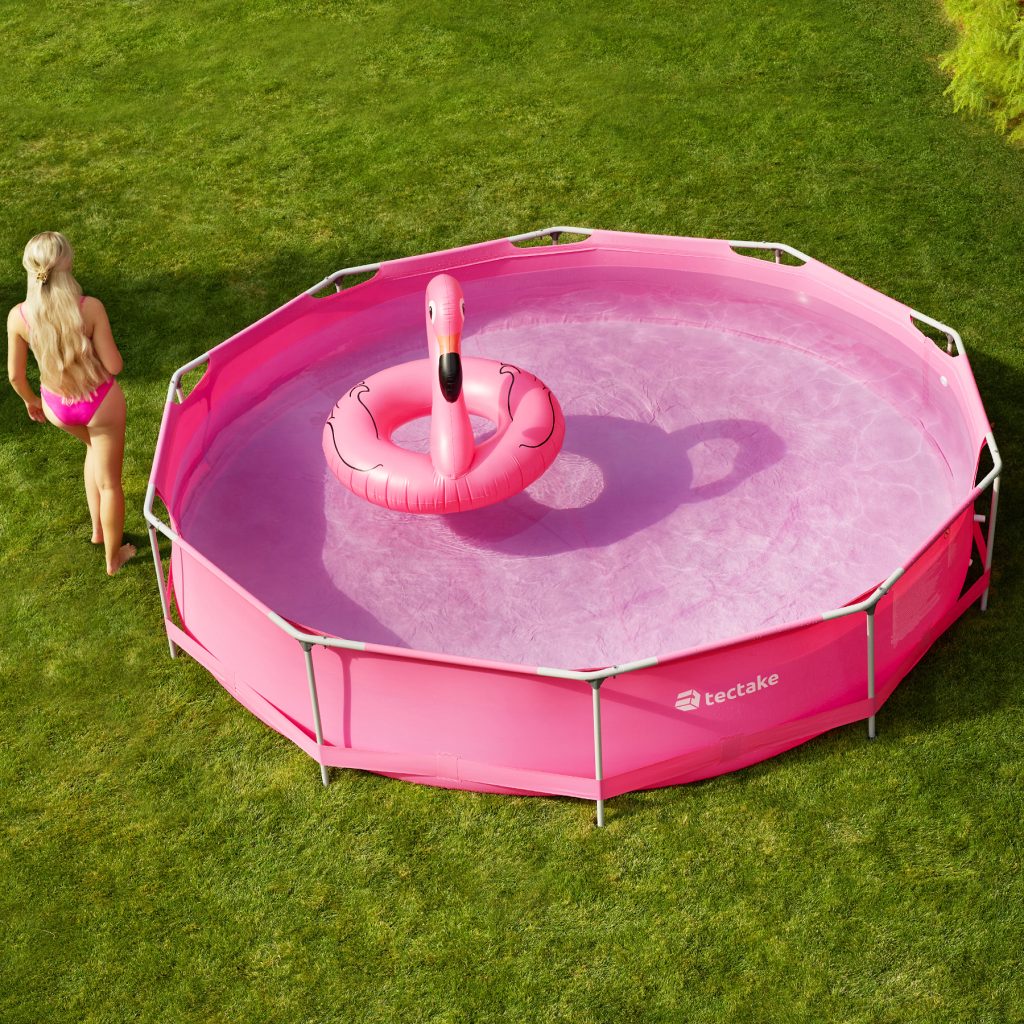
In recent years, detachable pools have become increasingly popular, especially in areas with hot summers. They allow families to cool off and have fun in their own backyard, without the expense and maintenance of a traditional in-ground pool. However, as the world faces growing concerns over water scarcity, it’s important to consider the impact these pools have on water conservation.
The Cost of Filling a Detachable Pool
To understand the impact of detachable pools on water conservation, it’s important to first consider how much water is required to fill one. The amount of water needed varies depending on the size of the pool, but on average, a 12-foot diameter pool with a depth of 3 feet requires approximately 1,700 gallons of water. This is equivalent to the amount of water an average family of four uses in a week.
It’s important to note that this is just the initial fill. This can add up quickly, especially in areas with high temperatures and low humidity.
The Impact on Local Water Supplies
As detachable pools become more popular, the impact on local water supplies becomes a concern. In areas where water is scarce, filling a pool can put a strain on the community’s resources. In extreme cases, local governments may even impose restrictions on filling pools during droughts or other water shortages.
Even in areas with ample water supplies, using large amounts of water for a non-essential purpose like a pool can contribute to wasteful practices. With climate change causing more frequent droughts and water scarcity, it’s important to be mindful of our water usage and make conscious choices to conserve this precious resource.
Conserving Water with Detachable Pools
While filling a detachable pool does require a significant amount of water, there are steps that can be taken to conserve this resource. Here are a few tips to make your pool more water-efficient:
Use a Cover – A pool cover can help reduce evaporation, which can save up to 90% of the water that would otherwise be lost. It can also reduce the amount of chemicals needed, which is better for the environment.
Monitor Water Levels – Check the water level in your pool regularly and only add water when necessary. It’s also important to fix any leaks or tears in the pool to prevent water loss.
Use a Skimmer – Use a skimmer to remove debris from the pool instead of draining and refilling it. This can help extend the life of the water in the pool.
Recycle Pool Water – When it’s time to drain the pool, consider using the water to irrigate your garden or lawn. This can help conserve water and provide nutrients to your plants.
Conclusion
Detachable pools can provide a fun and refreshing way to enjoy the hot summer months, but it’s important to consider the impact they have on water conservation. By taking steps to make your pool more water-efficient, you can help reduce the strain on local water supplies and do your part to conserve this precious resource. Let us all be mindful of our water usage and make conscious choices to conserve water, particularly in times of water scarcity, as the world faces the challenge of climate change.

